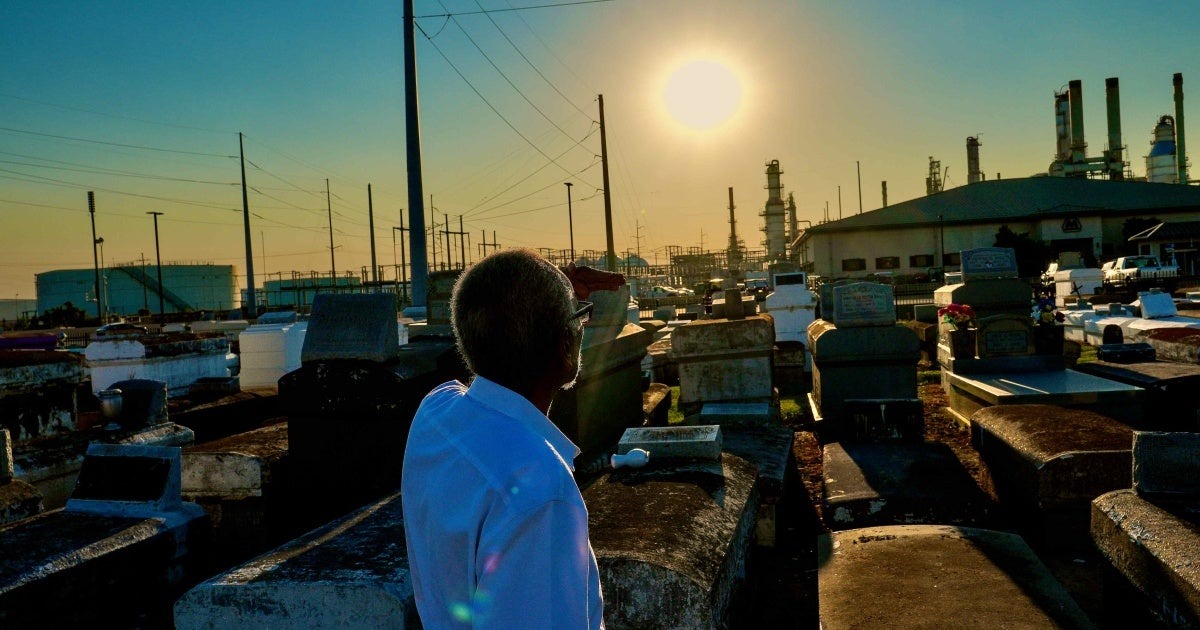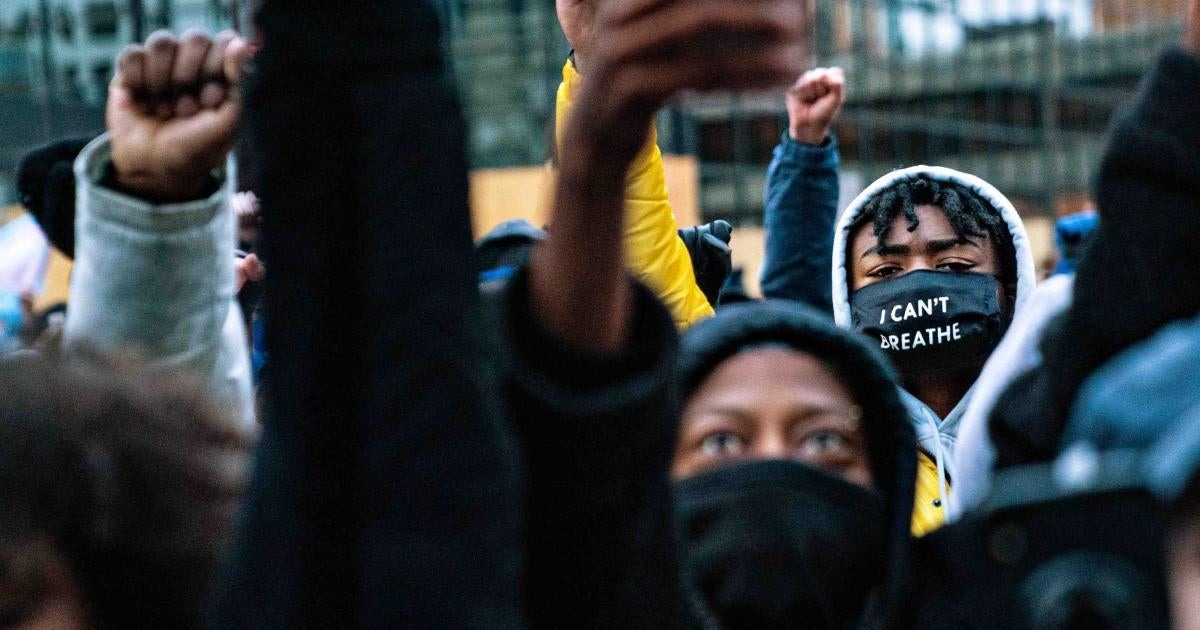The Louisiana Supreme Court’s ruling on Friday allowing the formation of the predominantly White City of St. George, separate from Baton Rouge, has sparked concerns about segregation.
After nearly six years of effort by organizers, the City of St. George will come into existence, with hopes of establishing an improved government.
Norman Browning, the St. George Transition District Chairman, expressed excitement about the historical importance of the decision, envisioning a vibrant and productive city that contributes positively to East Baton Rouge Parish.

The decision by the Louisiana Supreme Court overturned previous rulings that questioned St. George’s ability to provide public services in a timely manner, deeming its incorporation reasonable. Andrew Murrell, one of the organizers, hailed the ruling as a victory for the constitutional rights of Louisiana residents and pledged to fulfill promises of a better city.
However, Baton Rouge Mayor-President Sharon Weston Broome voiced opposition to St. George’s creation, citing potential financial repercussions for her city’s residents, especially the 47% who were Black prior to the split.
The demographics of the neighborhoods included in St. George, such as Old Jefferson, Shenandoah, and Inniswold, are predominantly White according to the U.S. Census Bureau.

This has raised concerns from organizations like the NAACP Baton Rouge branch, which fears potential segregation and unequal distribution of resources. They also worry about the impact on Baton Rouge’s education system, as the creation of St. George introduces uncertainty regarding funding allocation for schools.
Additionally, a state House bill that grants public school systems the same treatment and authority as parishes has caused alarm, as it could have serious consequences for students and staff. The NAACP advocates for collaboration to protect the interests of students and ensure continued access to quality education, regardless of any changes in municipal boundaries.


